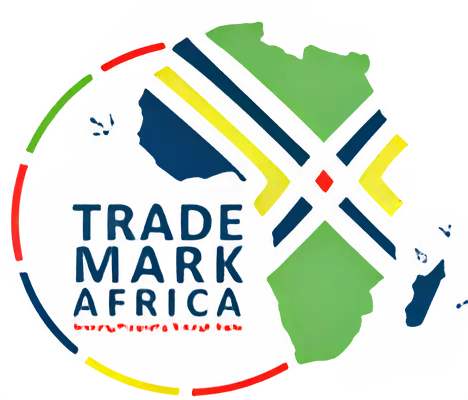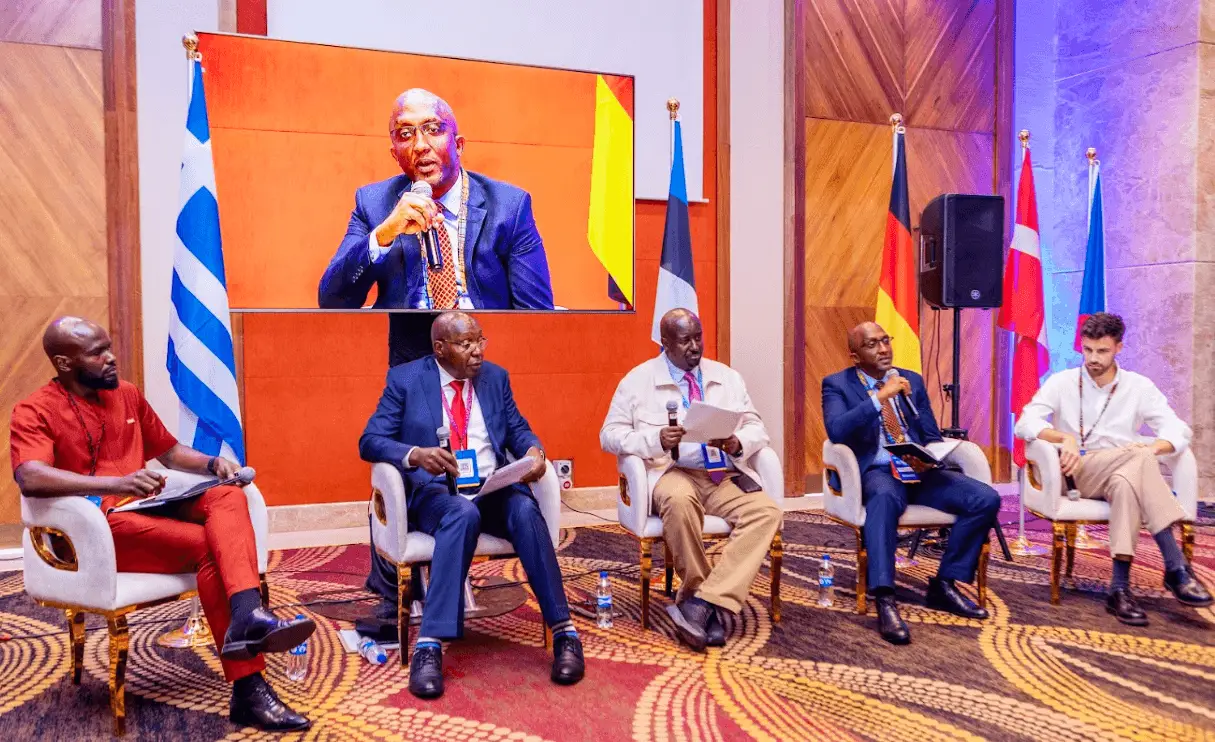Reflections from the EU-Kenya Business Forum 2025
At this week’s EU-Kenya Business Forum in Nairobi, TMA’s Director for Digital Trade, Erick Sirali, led a conversation on how digitalisation is transforming customs and trade facilitation. There was an acknowledgement that while Africa has made progress in digitalisation, the work ahead is considerable. We are talking, fragmented systems, redundant processes, and limited data-sharing that continue to hold us back. Africa’s vision for seamless cross-border trade, No Stop Borders, future, that featured heavily in TMA’s Africa Trade Development Forum in Kigali in December 2024, demands fast-tracked reforms that support cross-border data flows and data governance.
A compelling real-life example was presented by Billy Ngumi of KenTrade who painted a picture of how things used to be at Moyale, the Kenya–Ethiopia border before the Kenya National Electronic Single Window was implemented. He said that, clearing agents in Moyale would crisscross Marsabit County, collecting customs documents, then travel the 777 kilometres to Nairobi, which fyi, is an 11-hour one-way trip, just to submit paperwork, make payments and get approvals. Then, they’d return to Moyale to deliver the documents to traders. The entire cycle could take over a week, just to move goods from Ethiopia into Kenya.
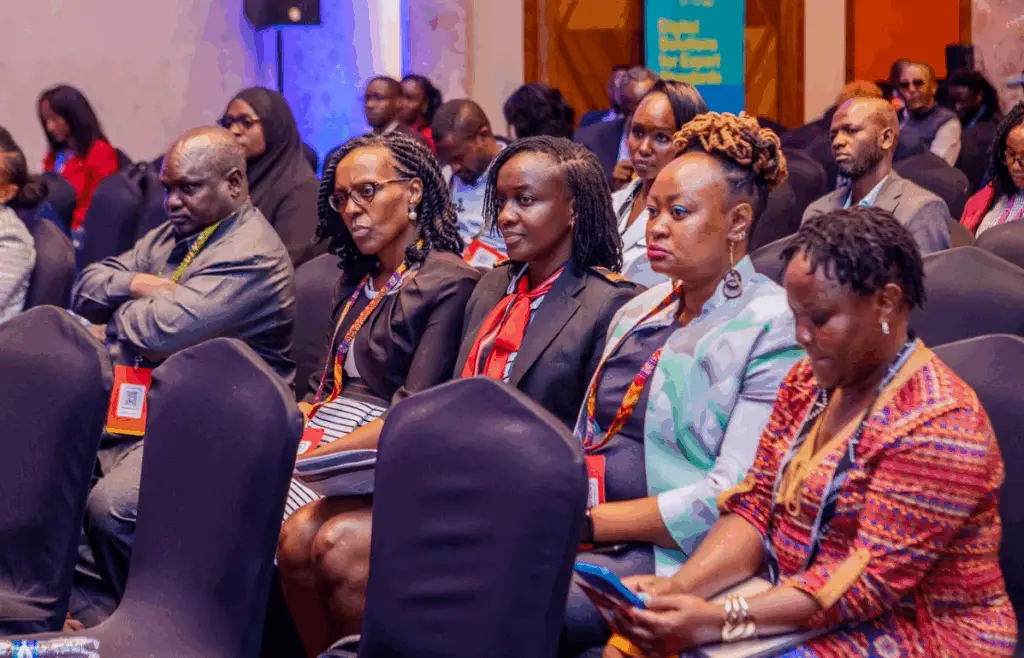
But now, with Kenya National Single Window System, agents can apply, pay and receive approvals online. What once took days, and a road trip now takes minutes and a few clicks. Trade moves faster. Paperwork is instant. And a trader in Moyale doesn’t have to wait for someone to make a cross-country trip to Nairobi. In the real life of a trader, that’s the power of digitalisation.
Chege Macharia, Deputy Commissioner at the Kenya Revenue Authority, brought numbers from Busia border into the room, sharing that while converting Kenya’s busiest border into a one-stop border has cut border crossing times by over half; we must remember that today, trade volumes have doubled and the infrastructure is struggling to keep up. Land is limited, and congestion is creeping back. Without deeper investments in digital solutions, those hard-won gains risk being eroded. Macharia said Busia clears about 1500 trucks per day.
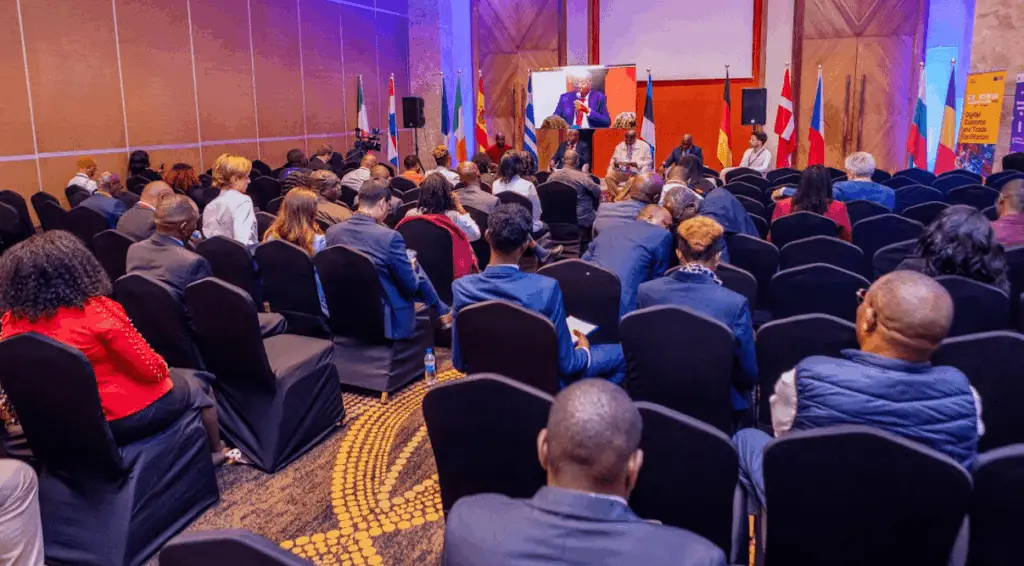
The meeting agreed, we have some tools in place such as AI-powered customs image analysis, blockchain-based infrastructure like the Trade Logistics Information Pipeline (TLIP), and agreements like the EU-Kenya Economic Partnership Agreement are giving trade a renewed push. AI offers intelligent service provision. DLT offers trusted infrastructure. Together, they could unlock a new era of smart, inclusive trade. The session also featured insights from Peter Njonjo of Vegpro Group, Tanguy Verbeke of OpenTrade, and Billy Ngumi of KenTrade, each one reaffirming that the journey toward borderless, efficient trade is already underway.
